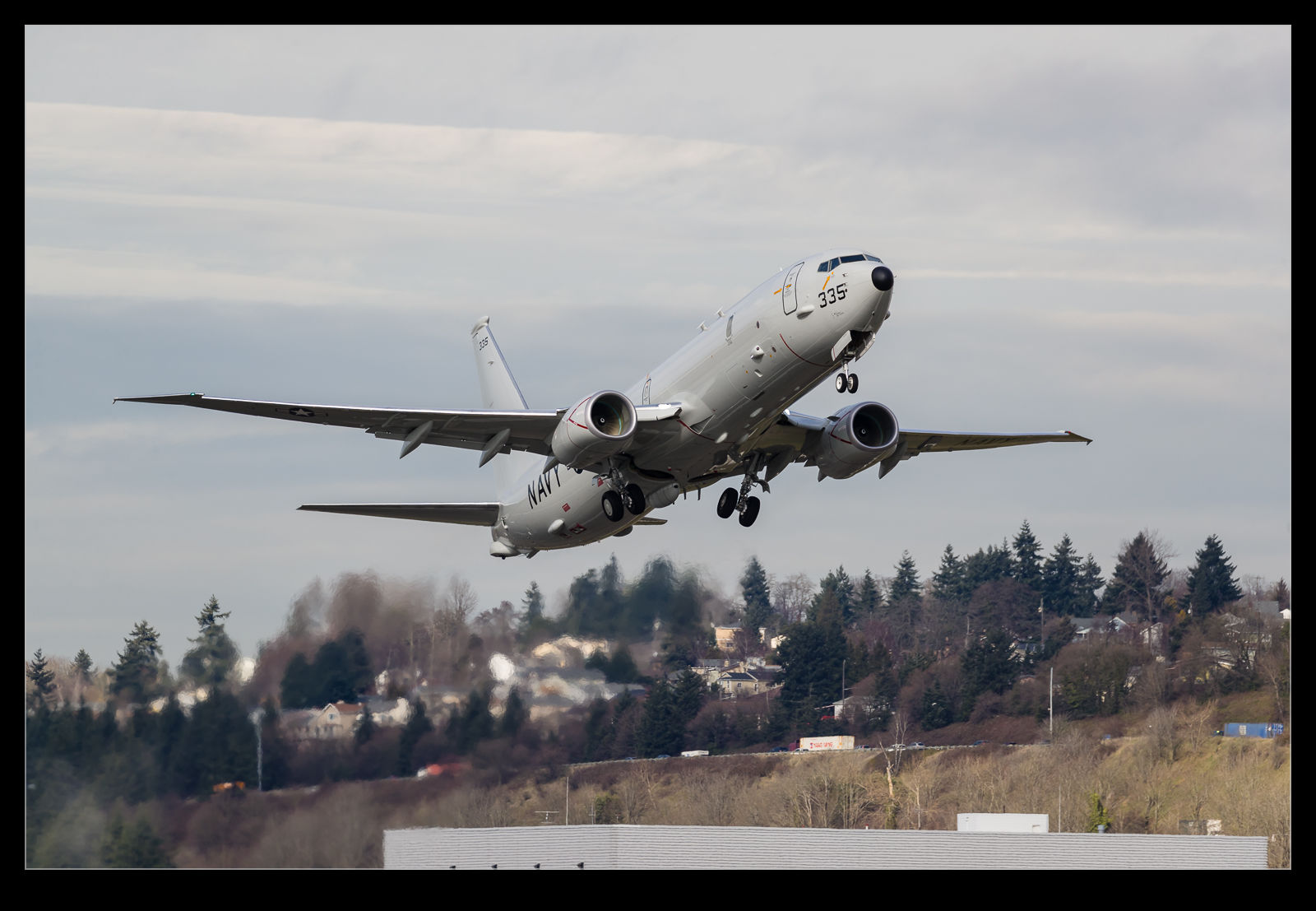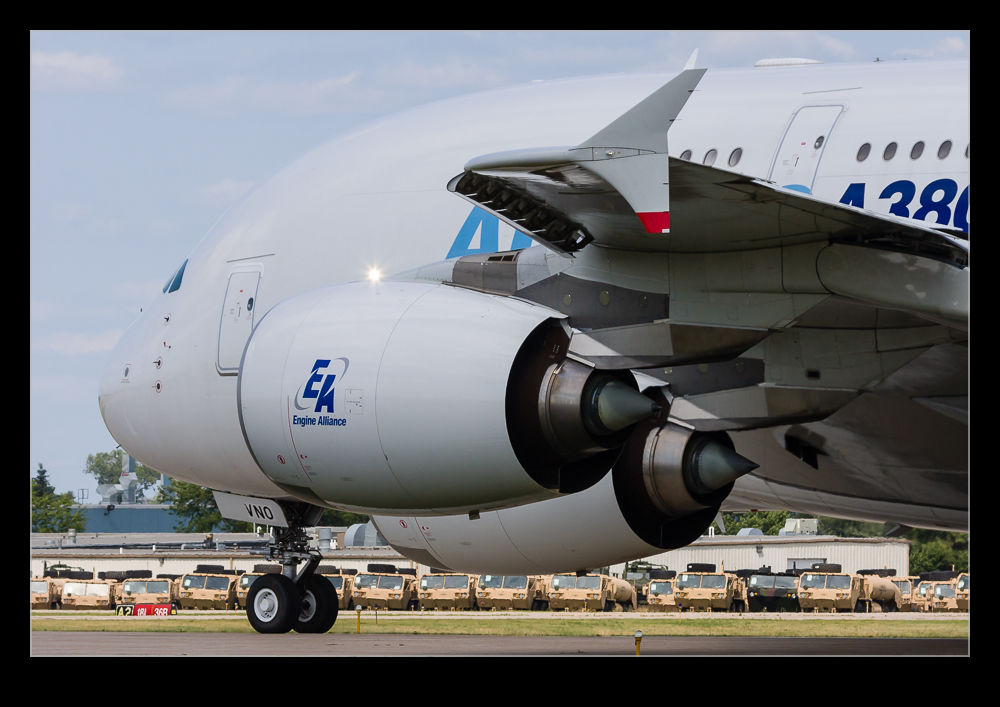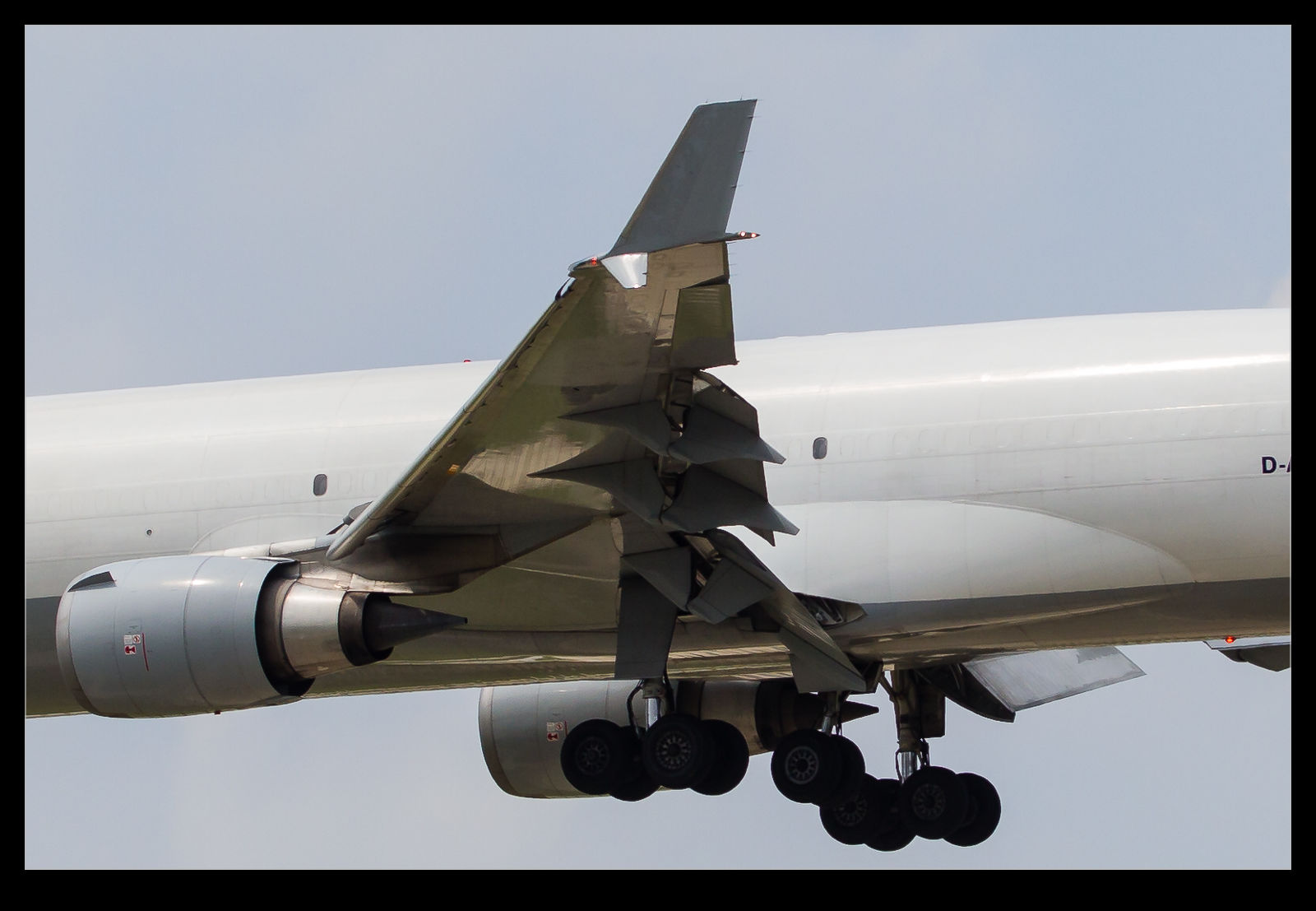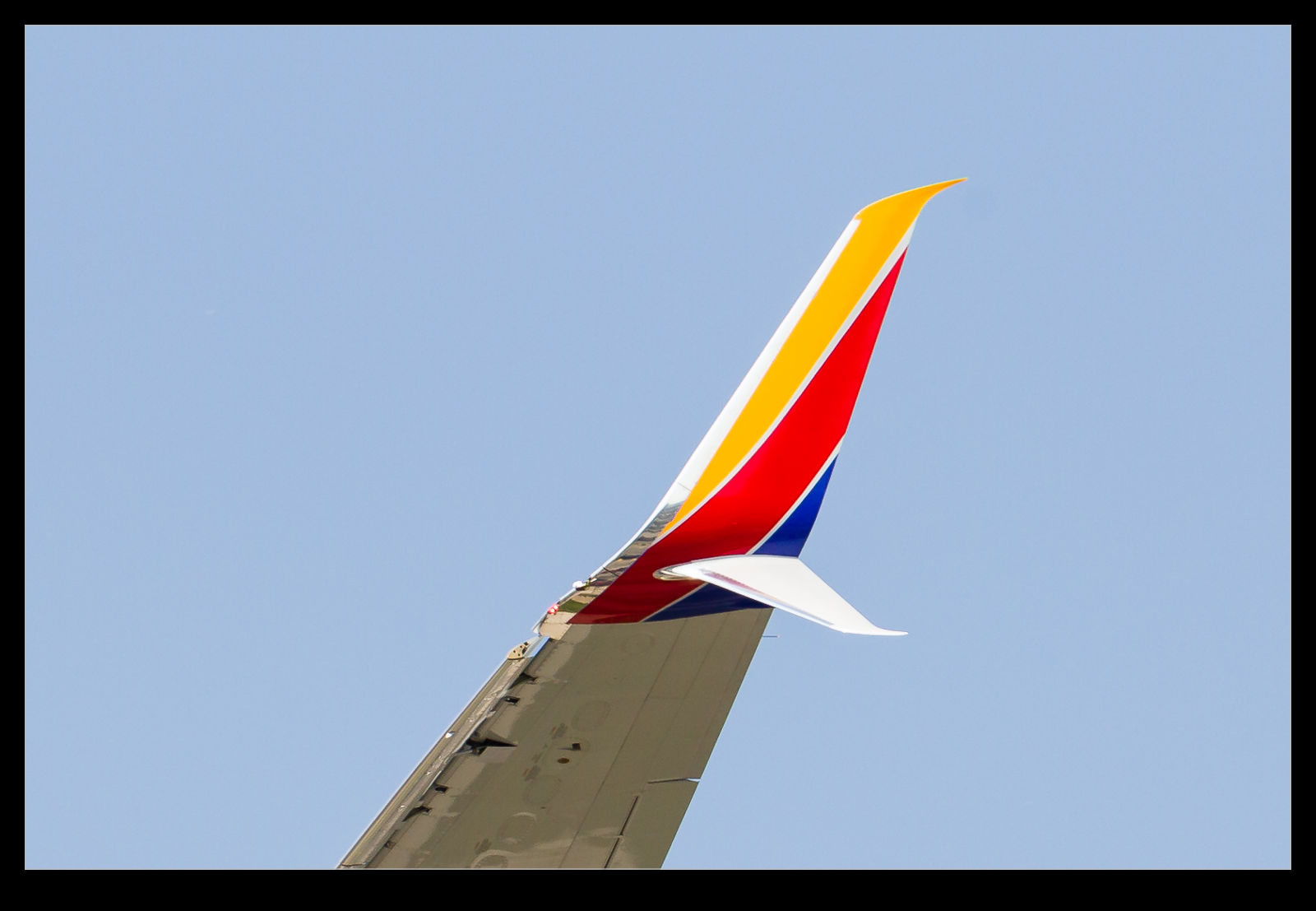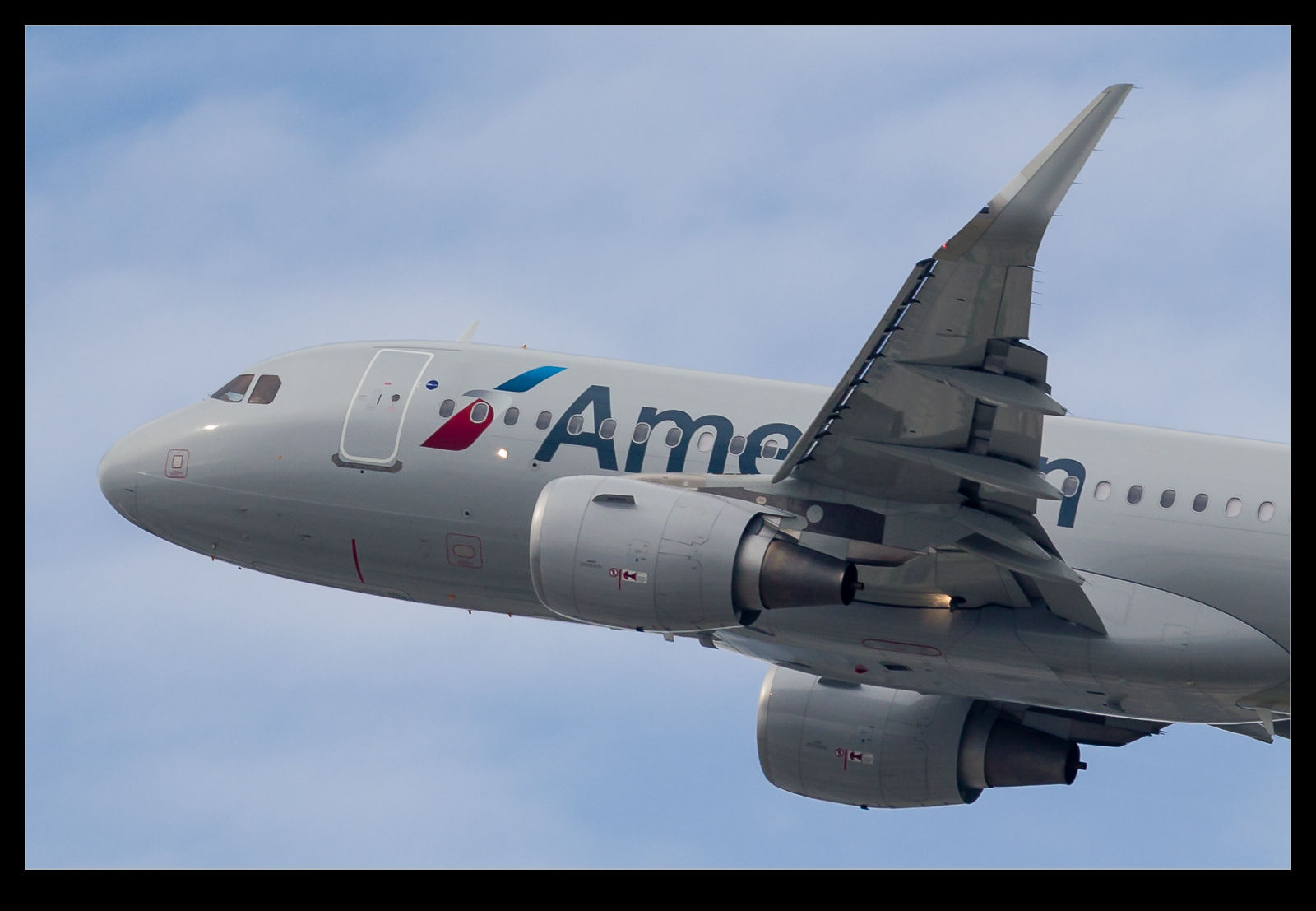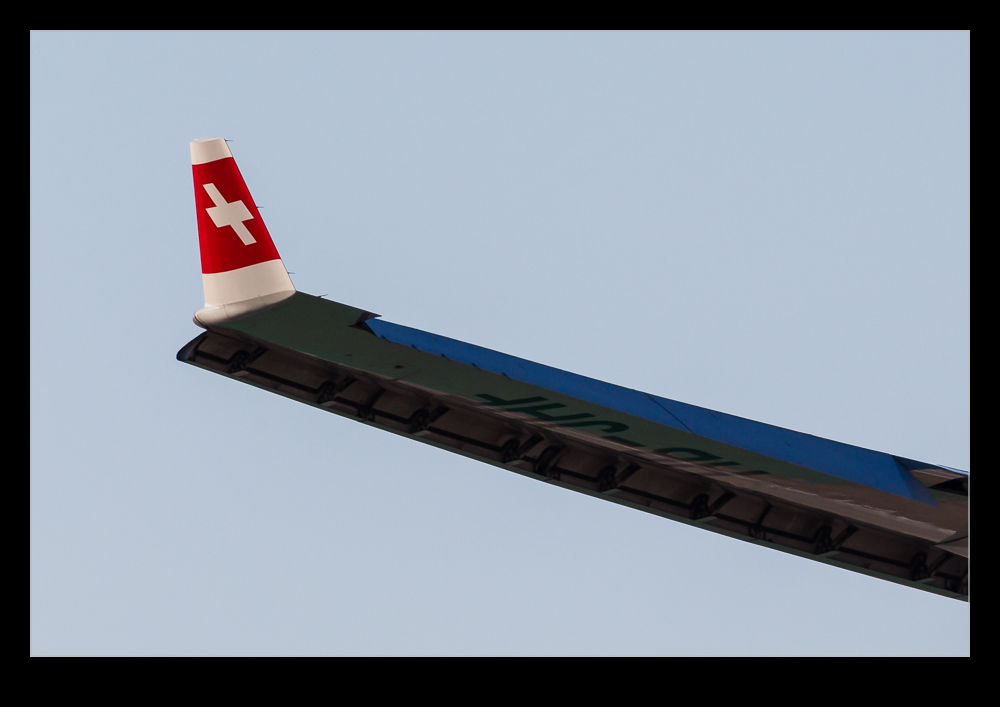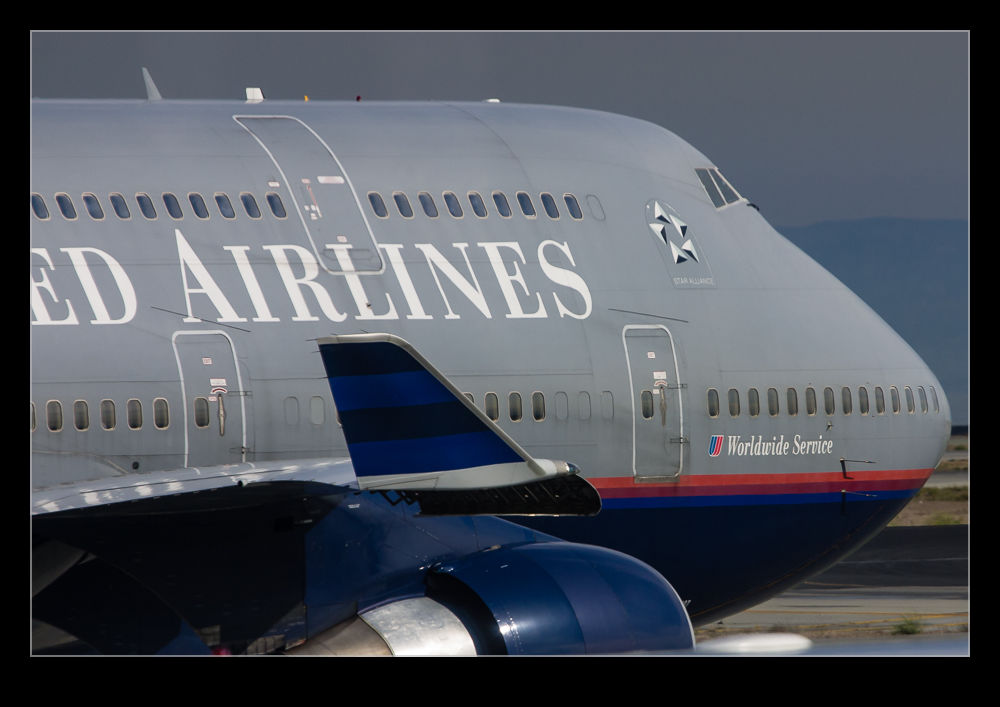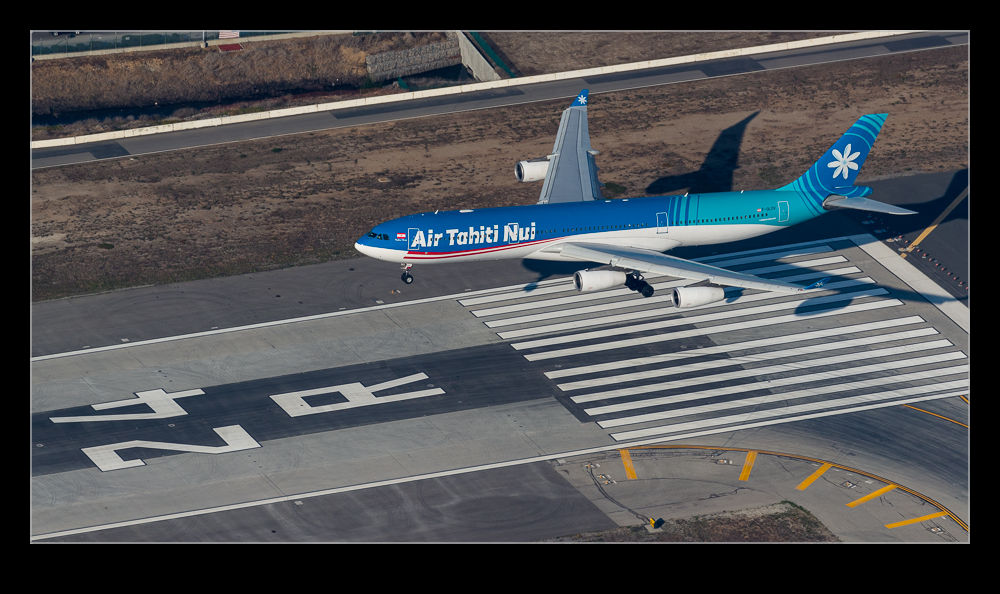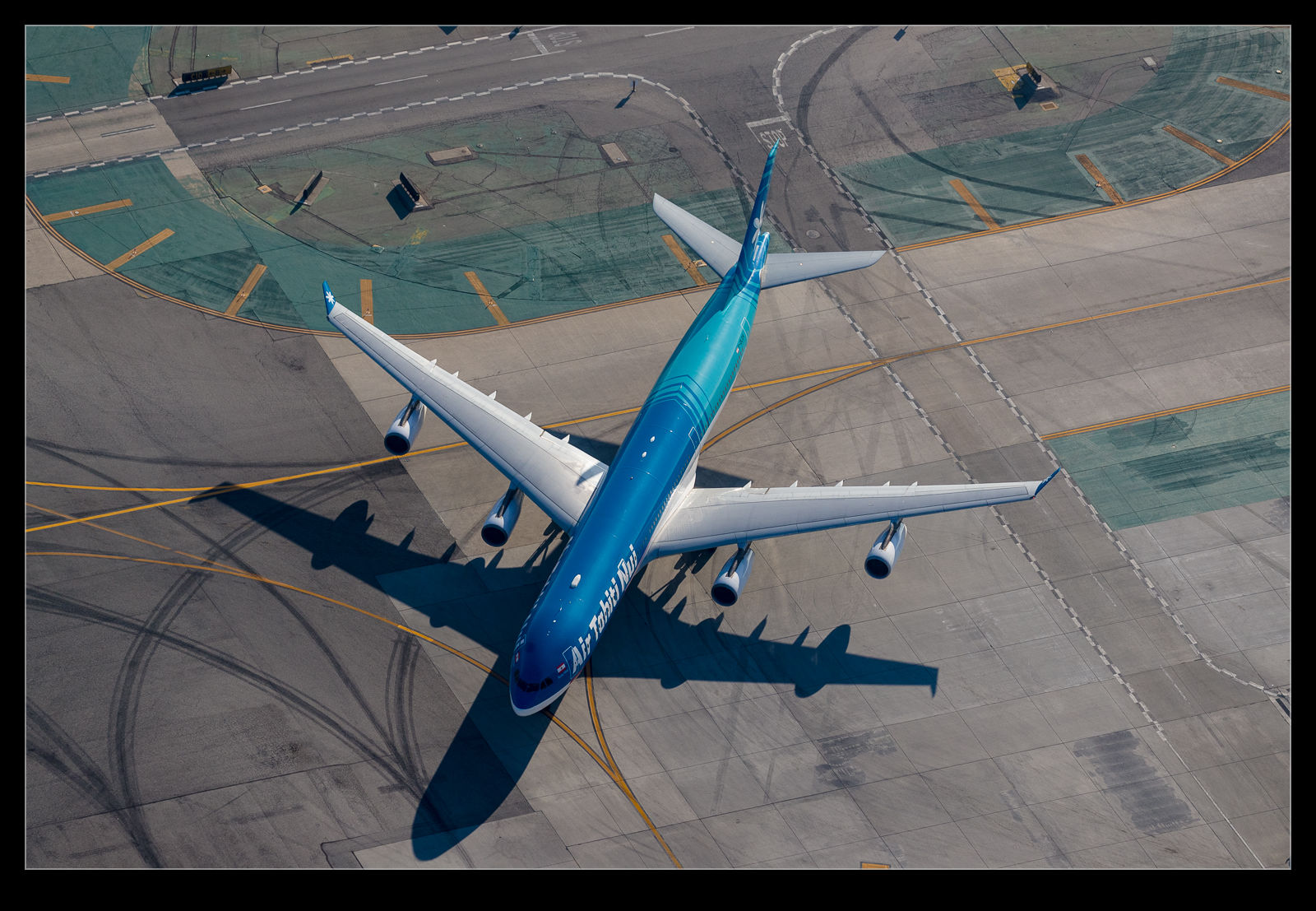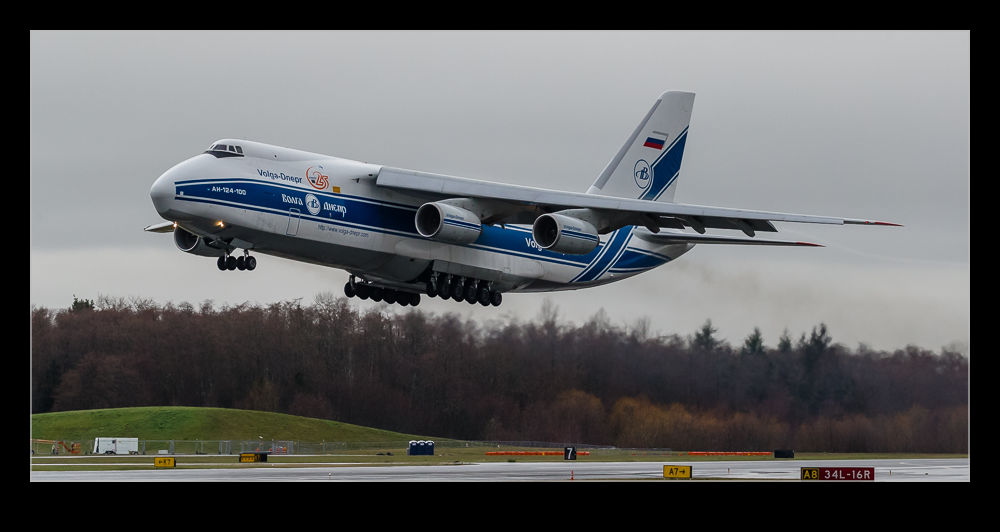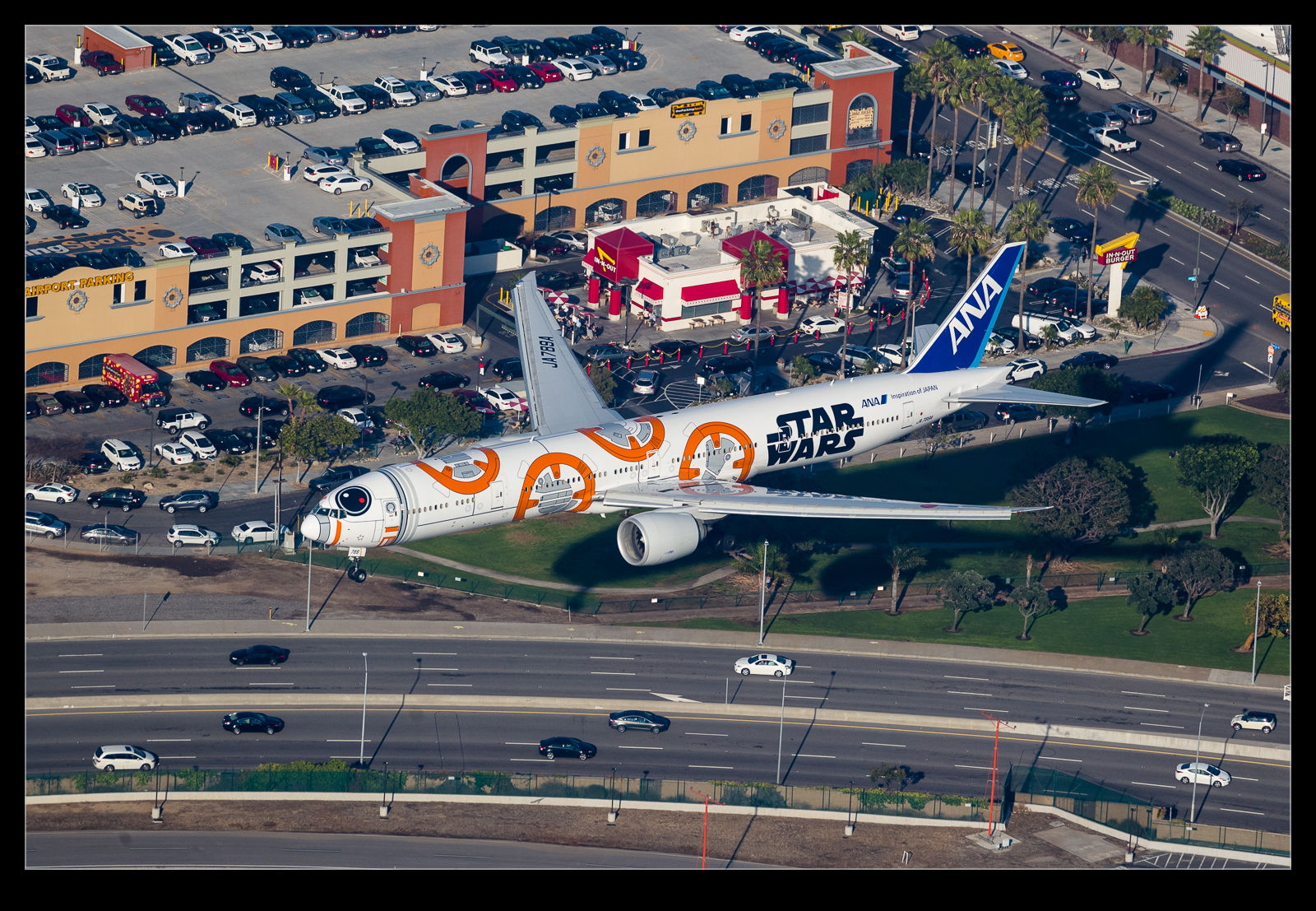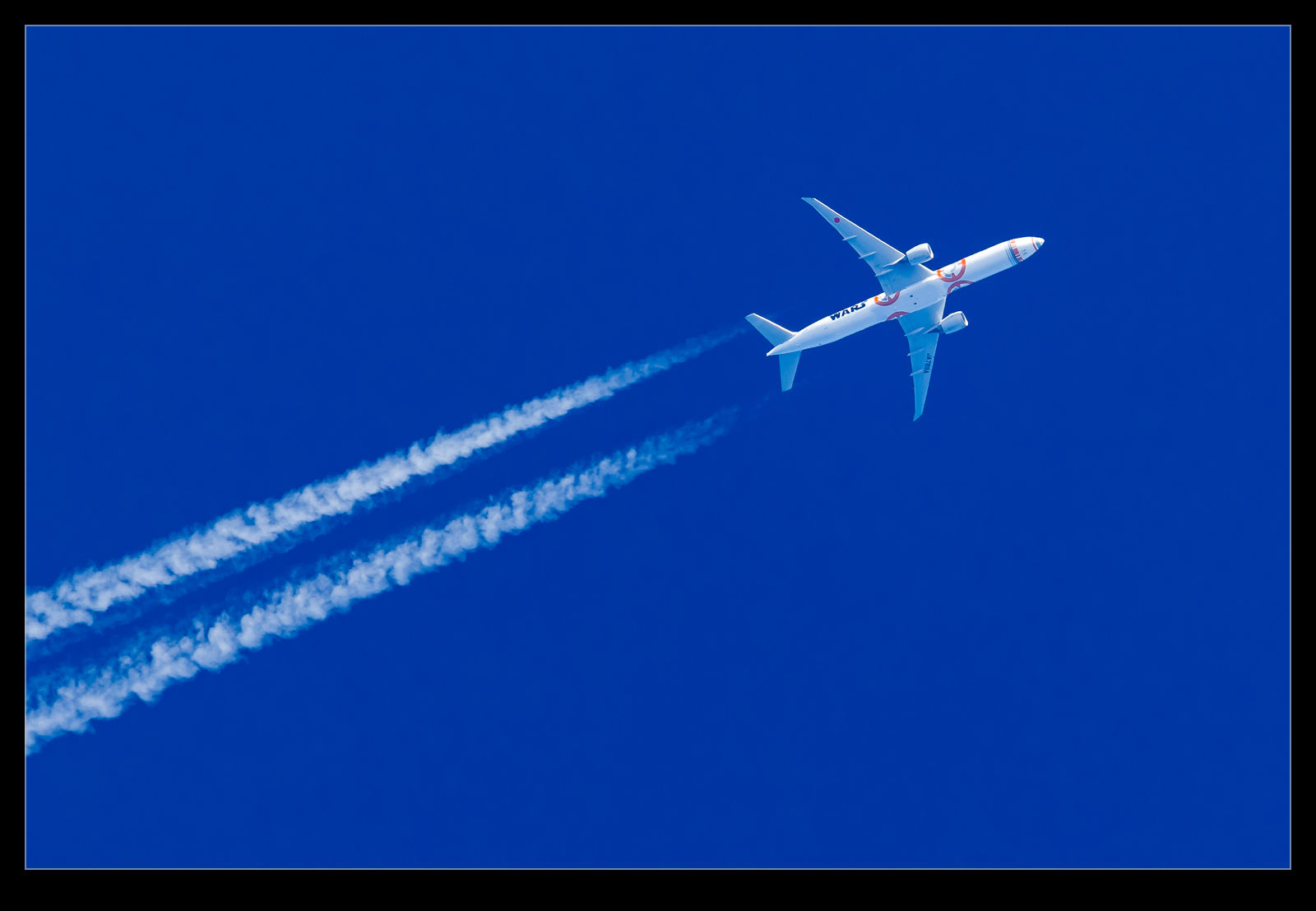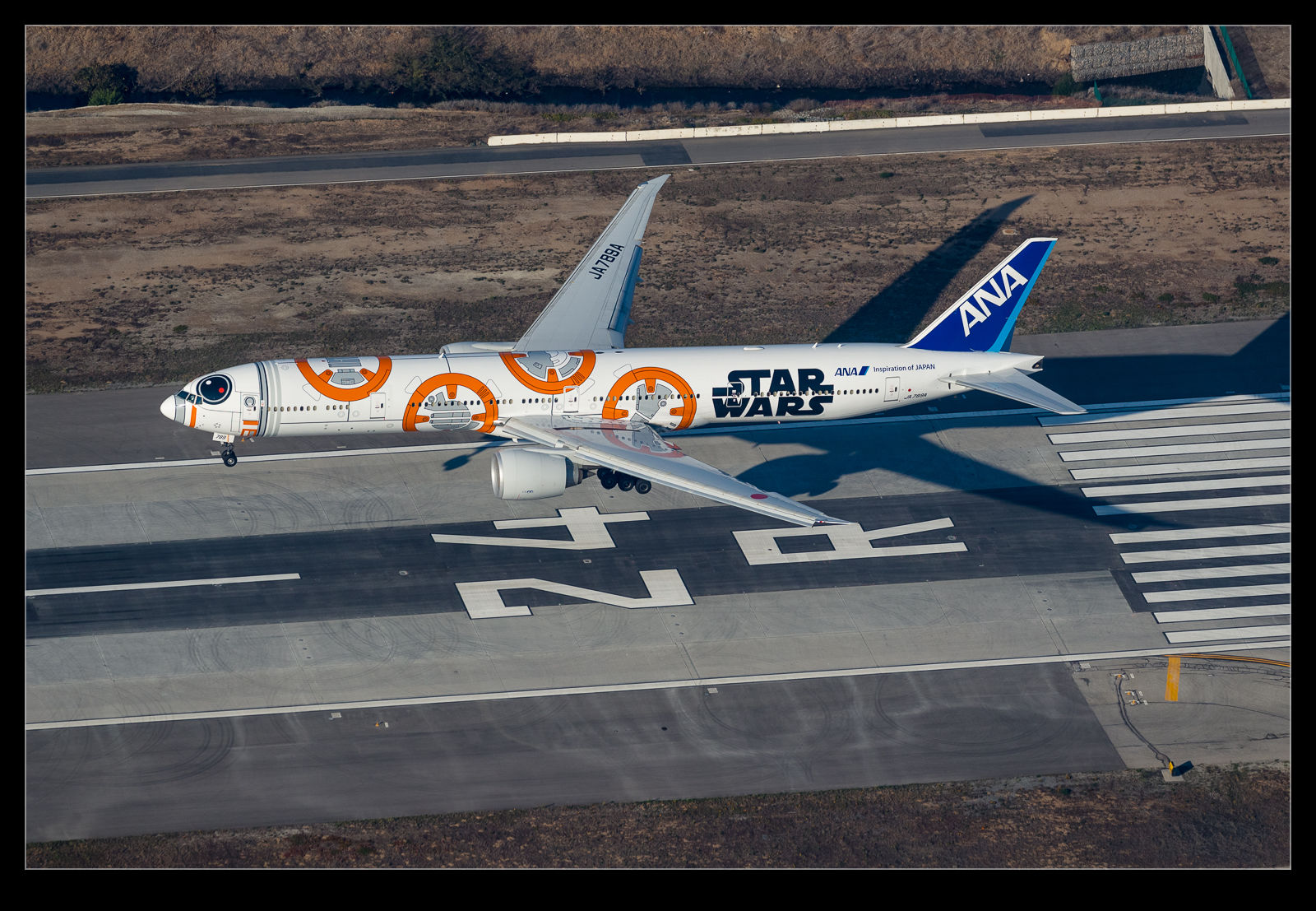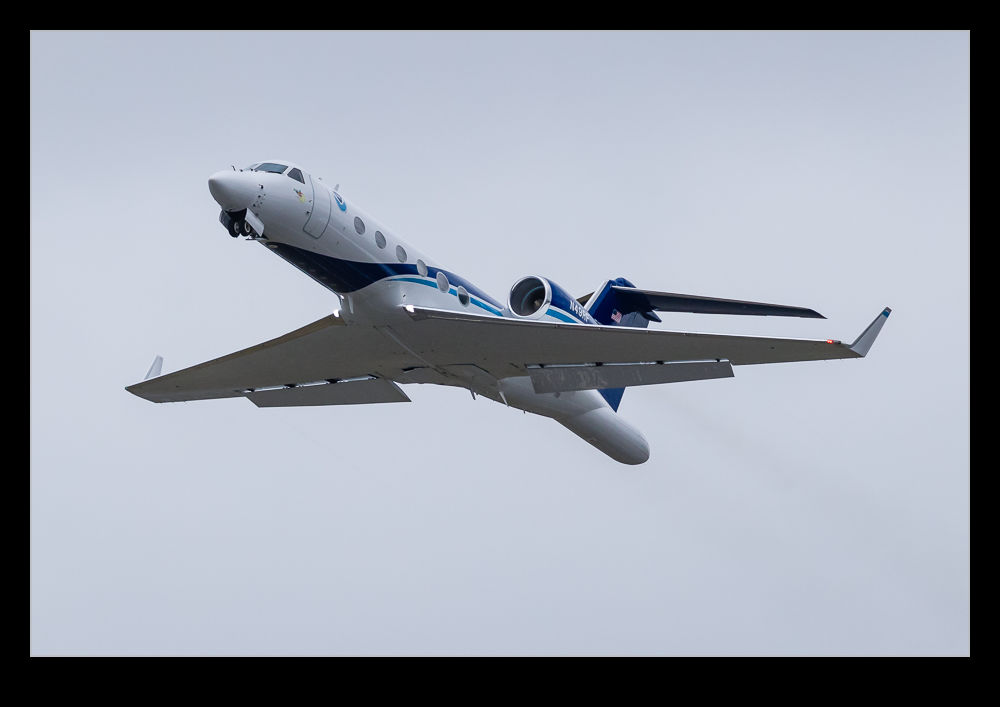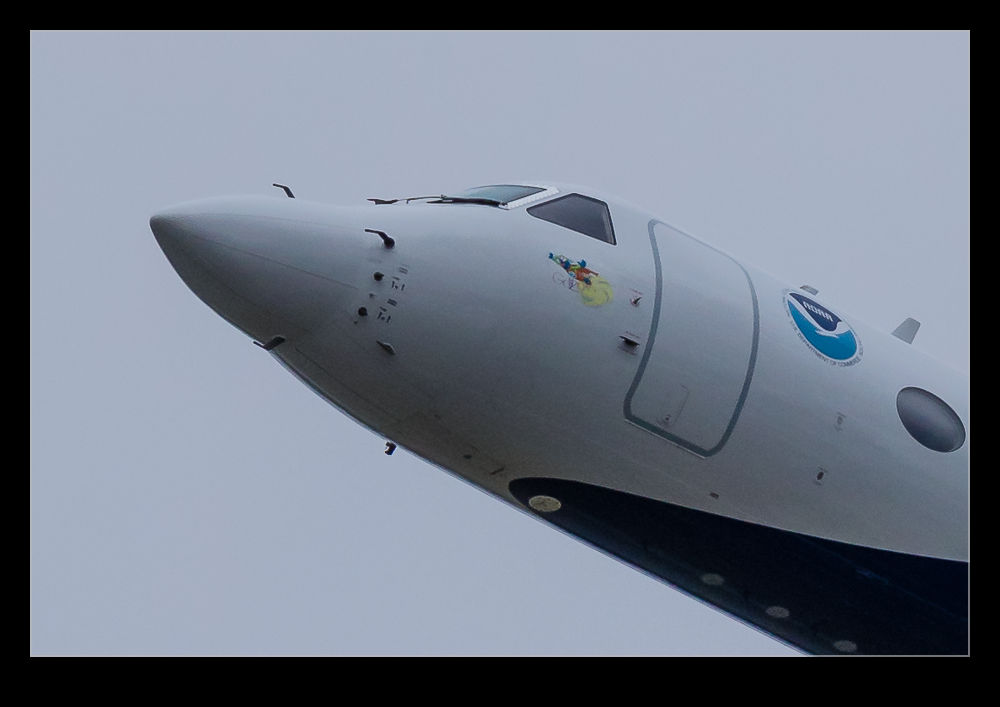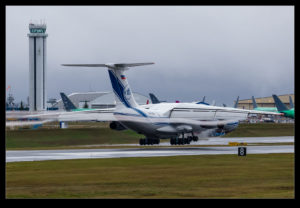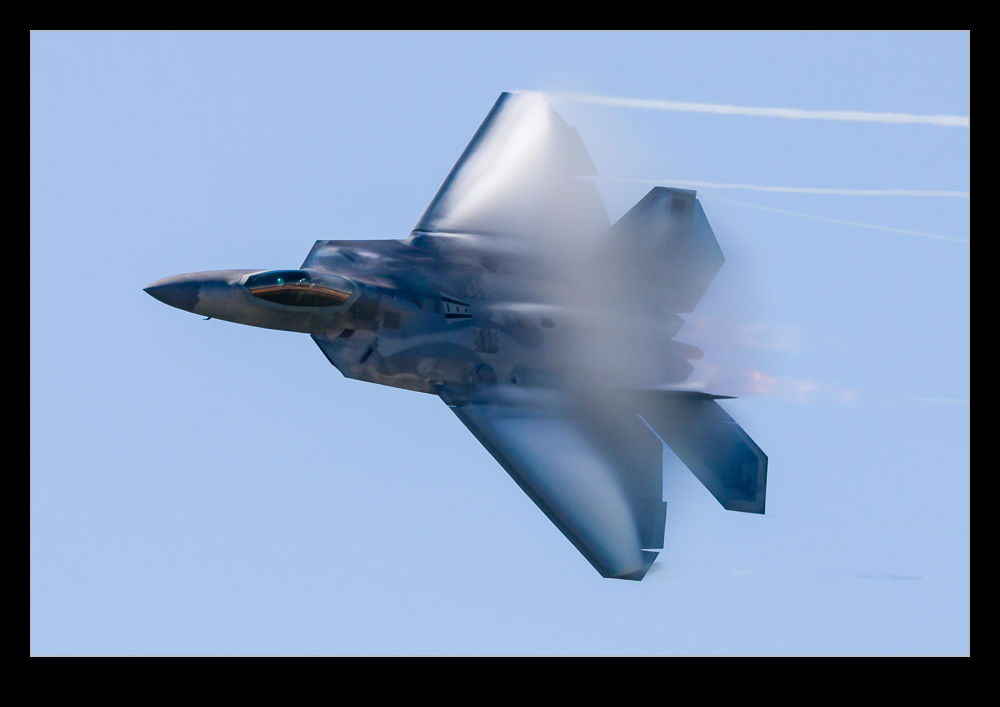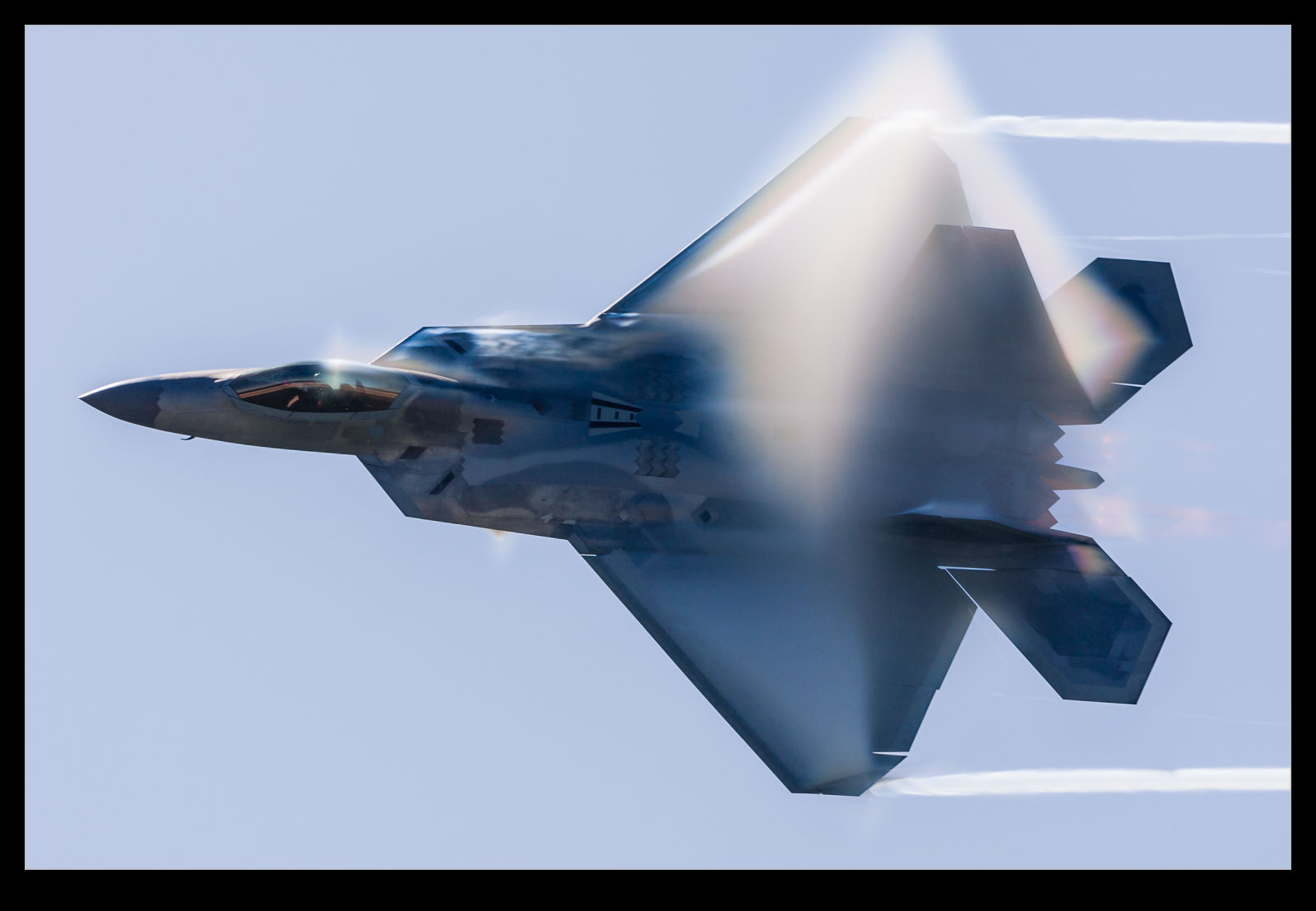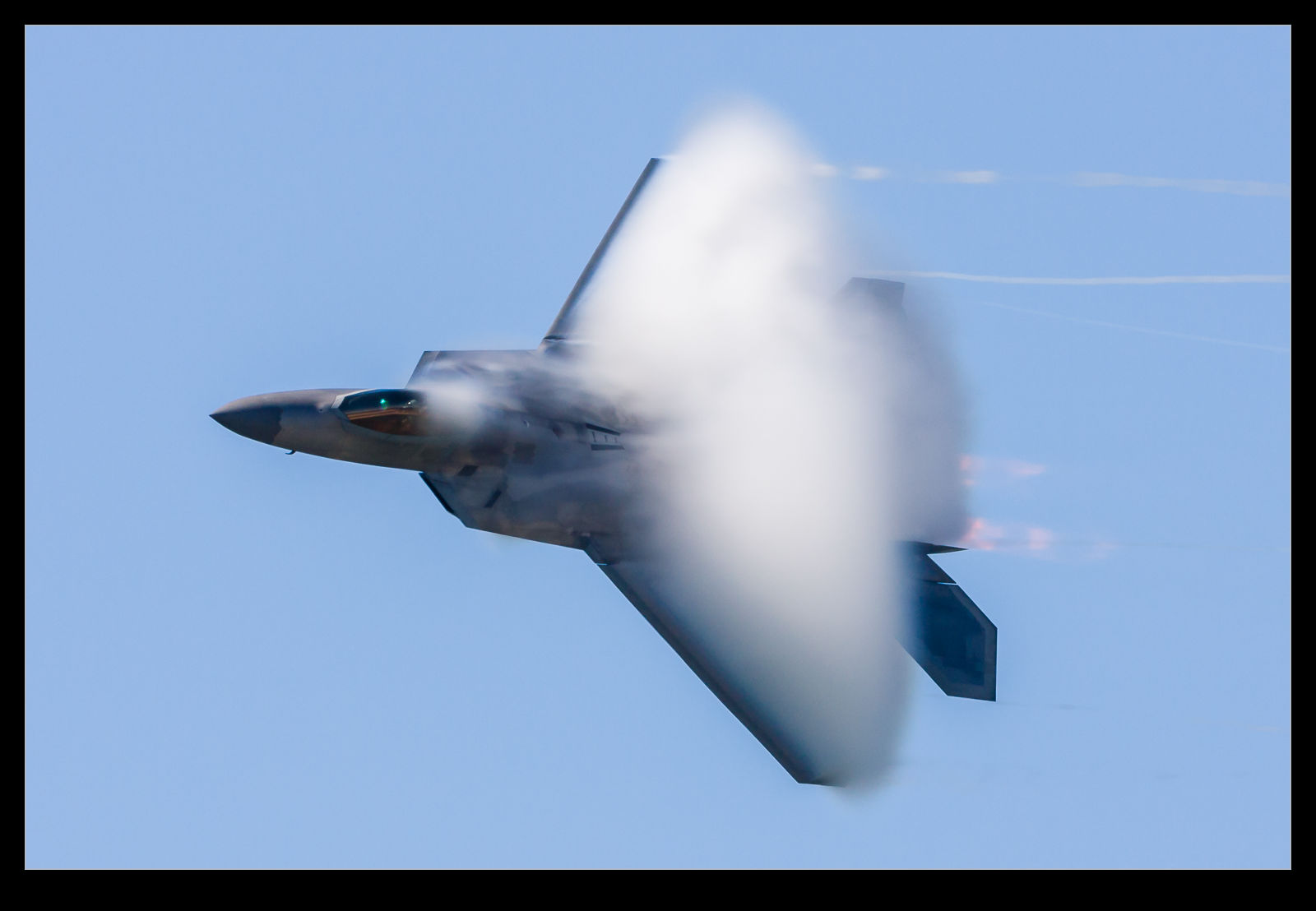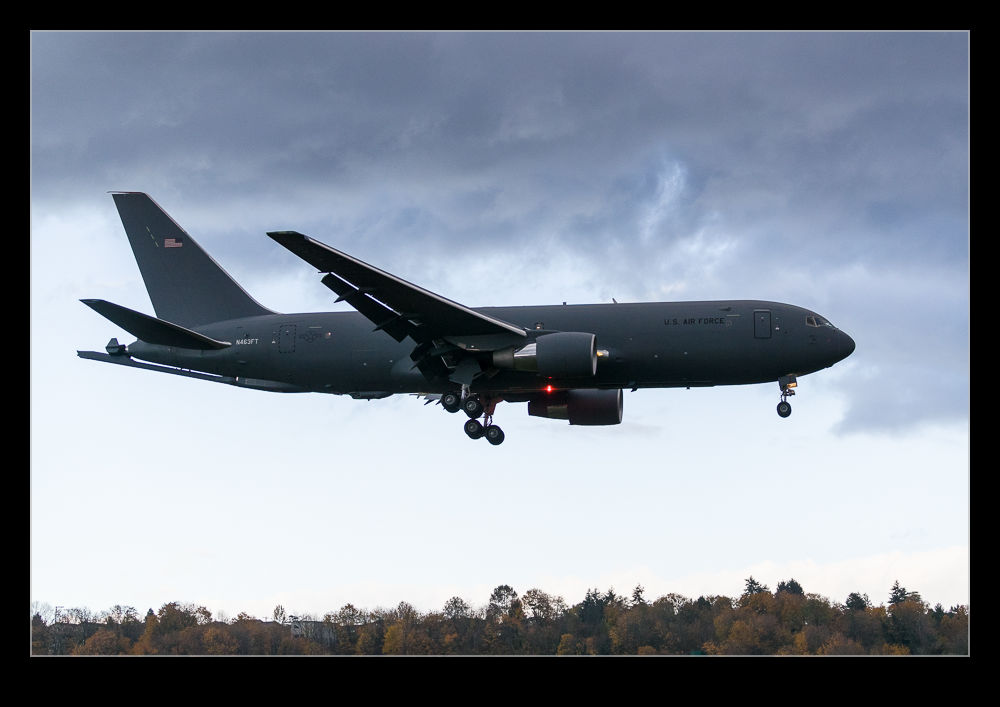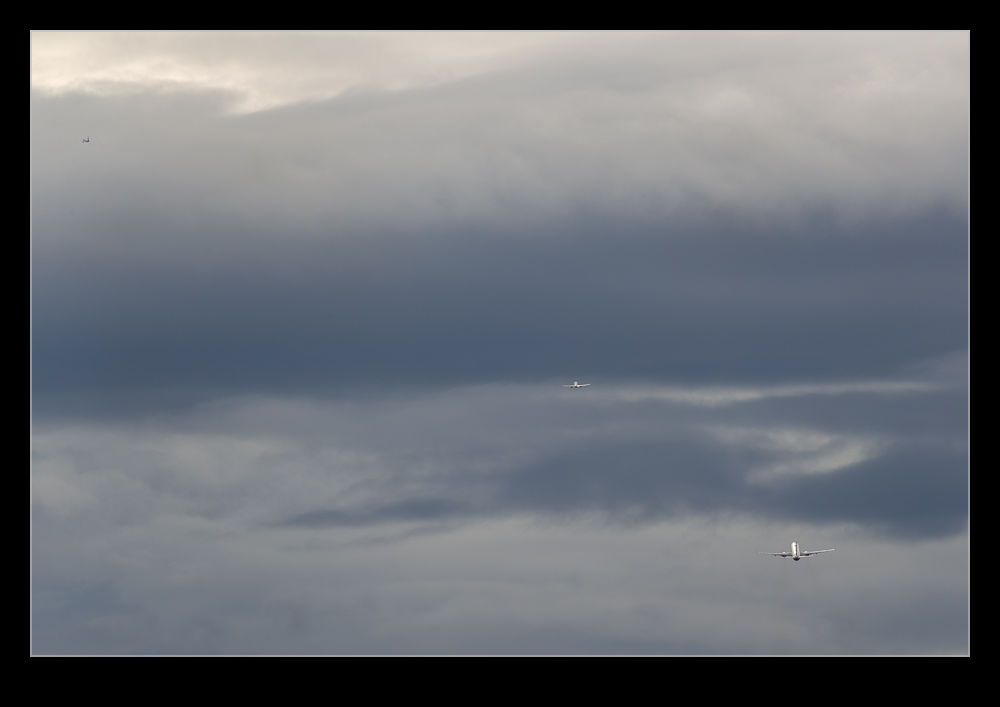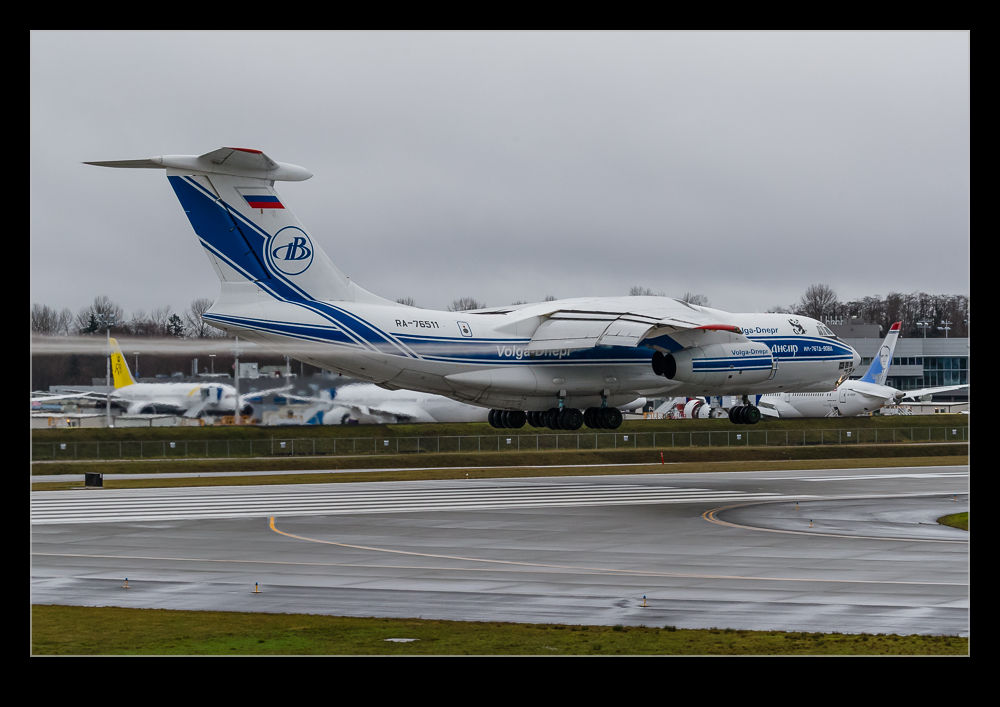 The presence of the IL-76 in the Pacific Northwest showed up in a previous post of mine here. I wasn’t aware of one being back here until I was up at Paine Field and one was parked up at the Boeing facility. It had come in during the night and didn’t go back out again until I was at work. I actually saw it fly by my window as it headed out. I figured it was done but I was wrong.
The presence of the IL-76 in the Pacific Northwest showed up in a previous post of mine here. I wasn’t aware of one being back here until I was up at Paine Field and one was parked up at the Boeing facility. It had come in during the night and didn’t go back out again until I was at work. I actually saw it fly by my window as it headed out. I figured it was done but I was wrong.
 The message got out that it was due back in to Paine Field during the weekend. The weather forecast was not great (again) but it was too good a chance to pass up. I was not the only one either. A lot of people had shown up to see it come in. The cloud base was pretty low and the plane was quite close in before it popped out of the murk. As it came down the approach, it was easy to see. Aside from the plane itself, the trailing vortices from the flap system were streaming behind the aircraft with the moist atmosphere making them very conspicuous.
The message got out that it was due back in to Paine Field during the weekend. The weather forecast was not great (again) but it was too good a chance to pass up. I was not the only one either. A lot of people had shown up to see it come in. The cloud base was pretty low and the plane was quite close in before it popped out of the murk. As it came down the approach, it was easy to see. Aside from the plane itself, the trailing vortices from the flap system were streaming behind the aircraft with the moist atmosphere making them very conspicuous.
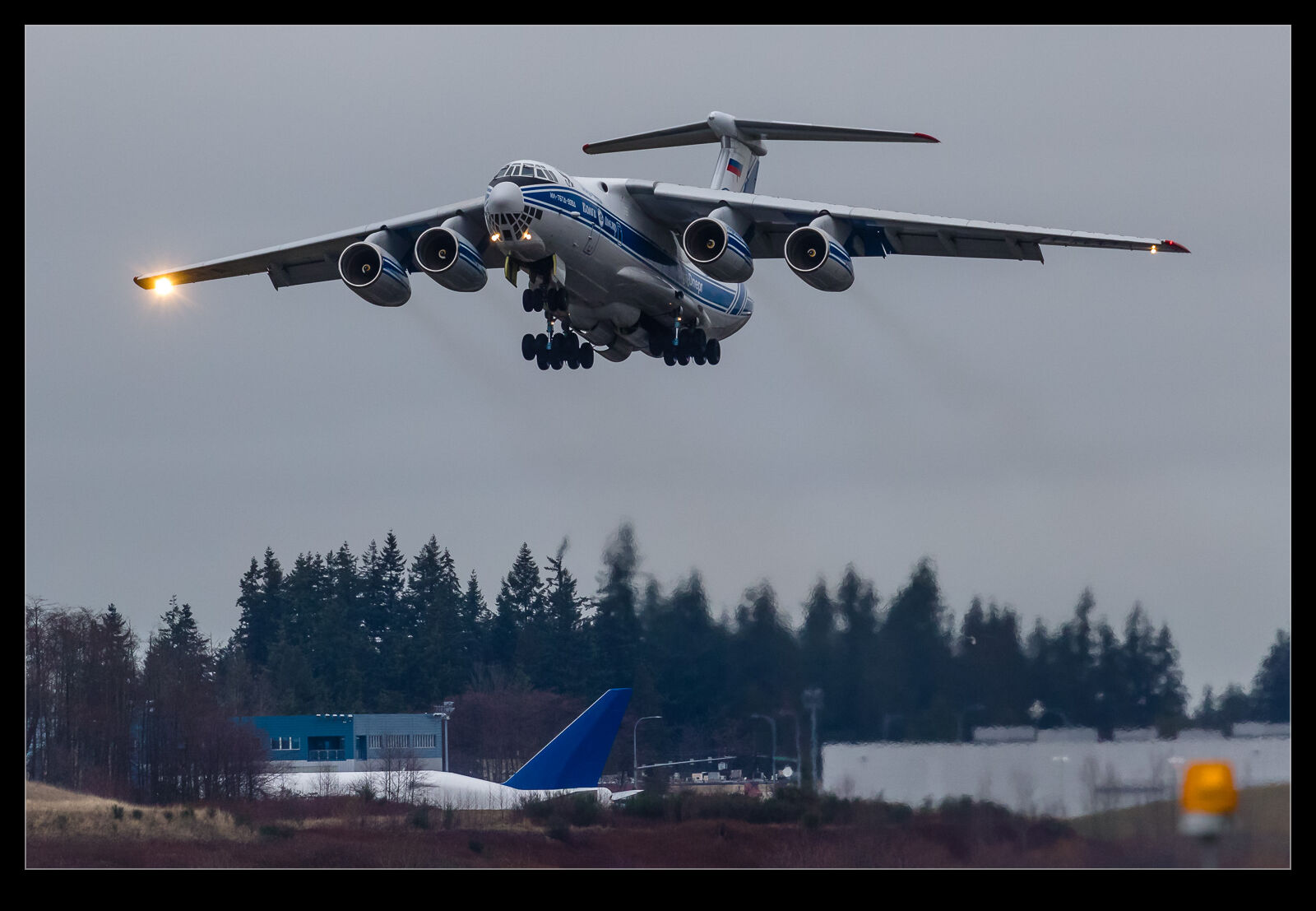 As they floated across the threshold, the vortices were still very conspicuous and they floated a good way down the runway streaming all the way. In fact, even after touchdown, the vortices were still visible. They taxied back in to the north entrance to the Boeing ramp where the waiting committee were ready. That will be work another post of its own.
As they floated across the threshold, the vortices were still very conspicuous and they floated a good way down the runway streaming all the way. In fact, even after touchdown, the vortices were still visible. They taxied back in to the north entrance to the Boeing ramp where the waiting committee were ready. That will be work another post of its own.
 A day later the departure was scheduled. Of course, the weather was still pretty crappy. Nevertheless, I wasn’t going to pass it up. The flight was only a short one though. They were heading to Dallas and I don’t think they were carrying much. Consequently, they were lightly loaded and got off the ground quickly. The climb was steep and they were up into the cloud base before too long. Still, I managed to get a few shots of them as they went off. I wonder if I will get to see an IL-76 in the sun at some point?
A day later the departure was scheduled. Of course, the weather was still pretty crappy. Nevertheless, I wasn’t going to pass it up. The flight was only a short one though. They were heading to Dallas and I don’t think they were carrying much. Consequently, they were lightly loaded and got off the ground quickly. The climb was steep and they were up into the cloud base before too long. Still, I managed to get a few shots of them as they went off. I wonder if I will get to see an IL-76 in the sun at some point?
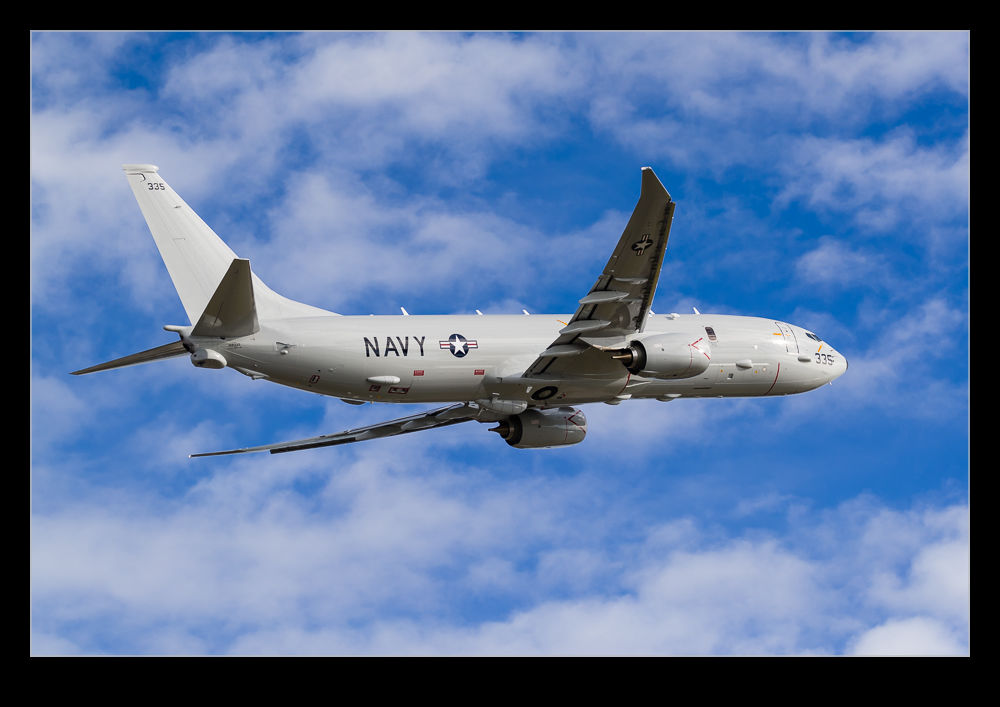 Every once in a while, you just get lucky. I happened to be at Boeing Field on a sunny day with operations in a southerly direction and a bunch of cool traffic. Most of the traffic shows up on Flightaware so you have a clue it might be flying but my recent experiences have been that the P-8 test flights have not been listed. Consequently, I was a little surprised when a P-8 pulled out of Boeing’s military operations ramp and taxied for departure. It came right past me as it made its way to the departure end. A short while later it rolled.
Every once in a while, you just get lucky. I happened to be at Boeing Field on a sunny day with operations in a southerly direction and a bunch of cool traffic. Most of the traffic shows up on Flightaware so you have a clue it might be flying but my recent experiences have been that the P-8 test flights have not been listed. Consequently, I was a little surprised when a P-8 pulled out of Boeing’s military operations ramp and taxied for departure. It came right past me as it made its way to the departure end. A short while later it rolled.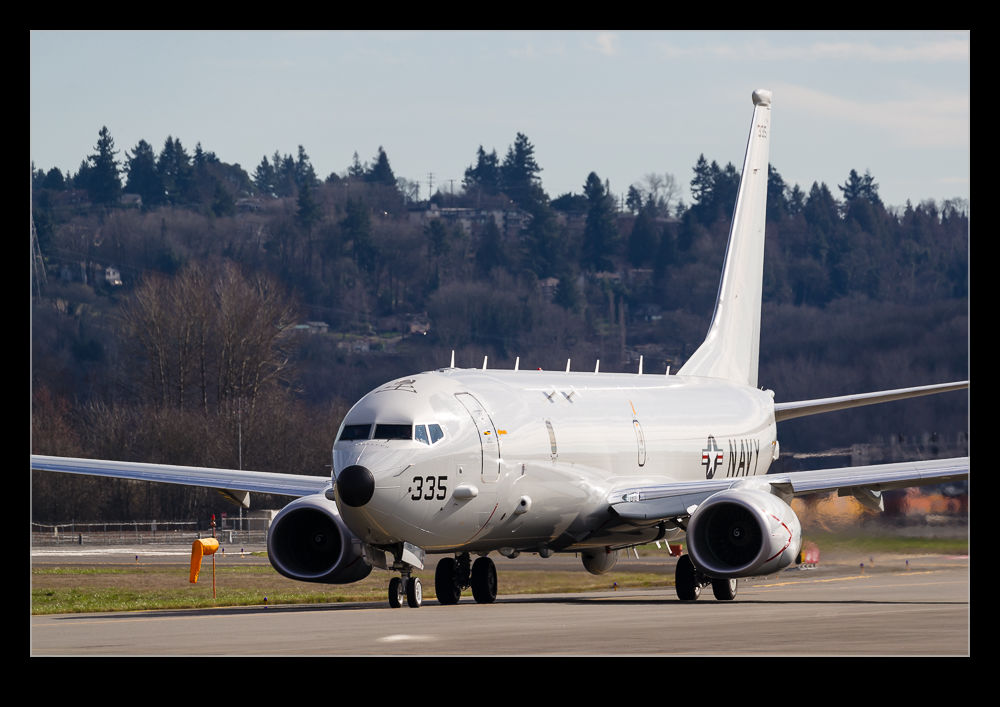 The sun was out, the light was nice, they rotated at a good location to get some nice shots and then, as they climbed out, the clouds were really nice providing a mottled sort of background. The colors looked great behind the grey jet. What a great combination!
The sun was out, the light was nice, they rotated at a good location to get some nice shots and then, as they climbed out, the clouds were really nice providing a mottled sort of background. The colors looked great behind the grey jet. What a great combination!